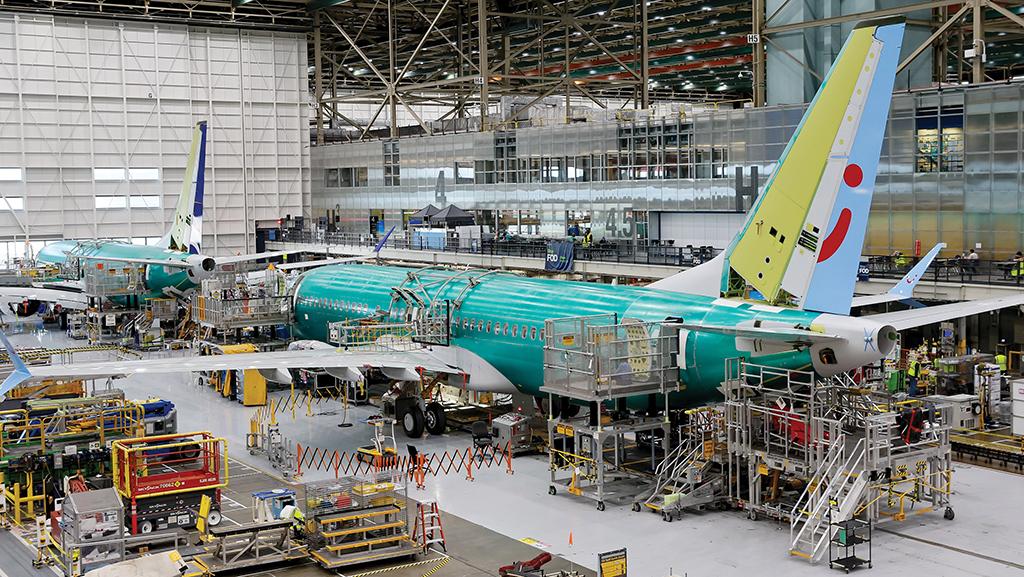
New parts-tracking processes and simplified work instructions are among the changes Boeing is introducing.
Credit: Jennifer Buchanan/Seattle Times Pool
Metrics that indicate an aircraft manufacturer’s success—backlog, production rates and deliveries—will always matter for Boeing. But the struggling company’s progress toward operational and financial stability will be tracked by different figures that show the effectiveness of its effort to make...
Boeing, Pressured To Show Change, Points To Process Improvements is available to both Aviation Week & Space Technology and AWIN subscribers.
Subscribe now to read this content, plus receive critical analysis into emerging trends, technological advancements, operational best practices and continuous updates to policy, requirements and budgets.
Already a subscriber to AW&ST or AWIN? Log in with your existing email and password.





